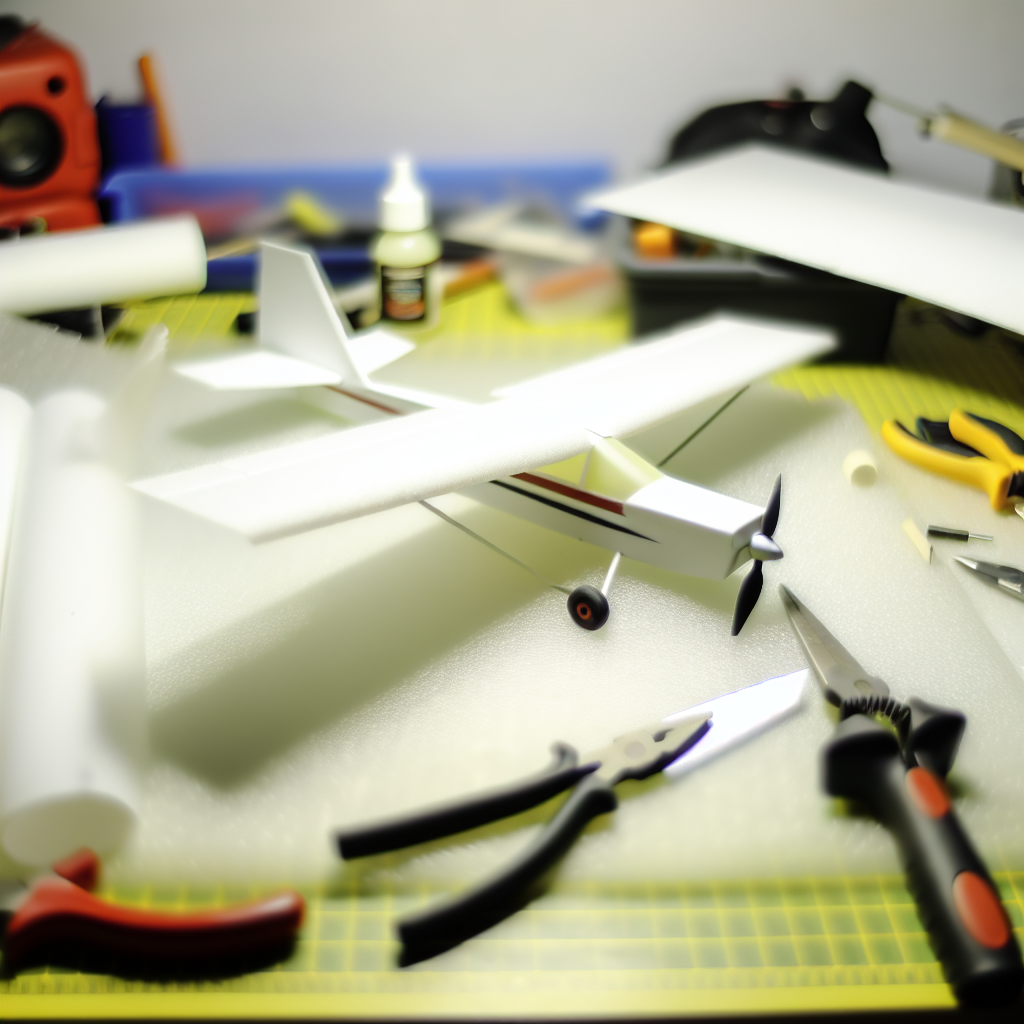How To Make RC Plane Tasman With Thermocol
If you’re passionate about DIY projects and RC planes, building a Tasman RC plane using thermocol (polystyrene foam) is an exciting and cost-effective venture. This guide will walk you through the essential steps to craft your own lightweight, aerodynamic RC plane that combines creativity with craftsmanship. Dive into this step-by-step process to bring your model aircraft to life!
Design and Material Preparation for Your Thermocol RC Plane
Before starting your build, it’s crucial to plan your design meticulously. The **Tasman RC plane** boasts a sleek, streamlined shape reminiscent of modern fighters, making it a popular choice for hobbyists. Use graph paper or design software to sketch your model’s dimensions, keeping in mind the weight balance and aerodynamics.
Materials Needed:
- Thermocol sheets (preferably 2-3 mm thick)
- Carbon fiber or bamboo rods for structural support
- Small electric motor suitable for lightweight models
- Propeller, ESC, and a compatible RC receiver and servos
- Adhesives such as hot glue or epoxy
- Paint and decorative elements for finishing (optional)
After gathering the materials, cut the thermocol into the desired fuselage shape, wings, and stabilizers using a sharp utility knife. Ensure smooth edges for aerodynamic efficiency. Reinforce critical stress points with supports made from thin bamboo sticks or carbon fiber rods to enhance durability without adding significant weight.
Assembly, Finishing, and Fliying Your Thermocol Tasman
Assembly begins by attaching the wings and stabilizers to the fuselage, ensuring they are aligned correctly for balanced flight. Use hot glue for secure but lightweight joints. For added strength and precision, consider reinforcing the wings with light supports and ensuring the surfaces are smooth to reduce air resistance.
Once assembled, proceed with painting or decorating your plane to reflect a sleek synthwave or vibrant aesthetic, enhancing its appearance while keeping the weight minimal. Mount the motor, connect the electronics, and perform test runs on a safe, open area. Fine-tune the control surfaces and center of gravity for optimal flight performance.
Remember, controlled test flights are essential to adjust trim and balance, especially for lightweight thermocol models. With patience, practice, and proper maintenance, your RC plane will soar smoothly and impressively.
Conclusion
Building a Tasman RC plane with thermocol combines creativity, technical skill, and fun. Starting with precise design, selecting quality materials, and executing careful assembly allows for a lightweight, aerodynamic model capable of impressive flight. Whether you’re a beginner or experienced hobbyist, this DIY project offers a rewarding experience that enhances your craftsmanship. Subscribe for more DIY tips and get ready to take your RC planes to new heights!
